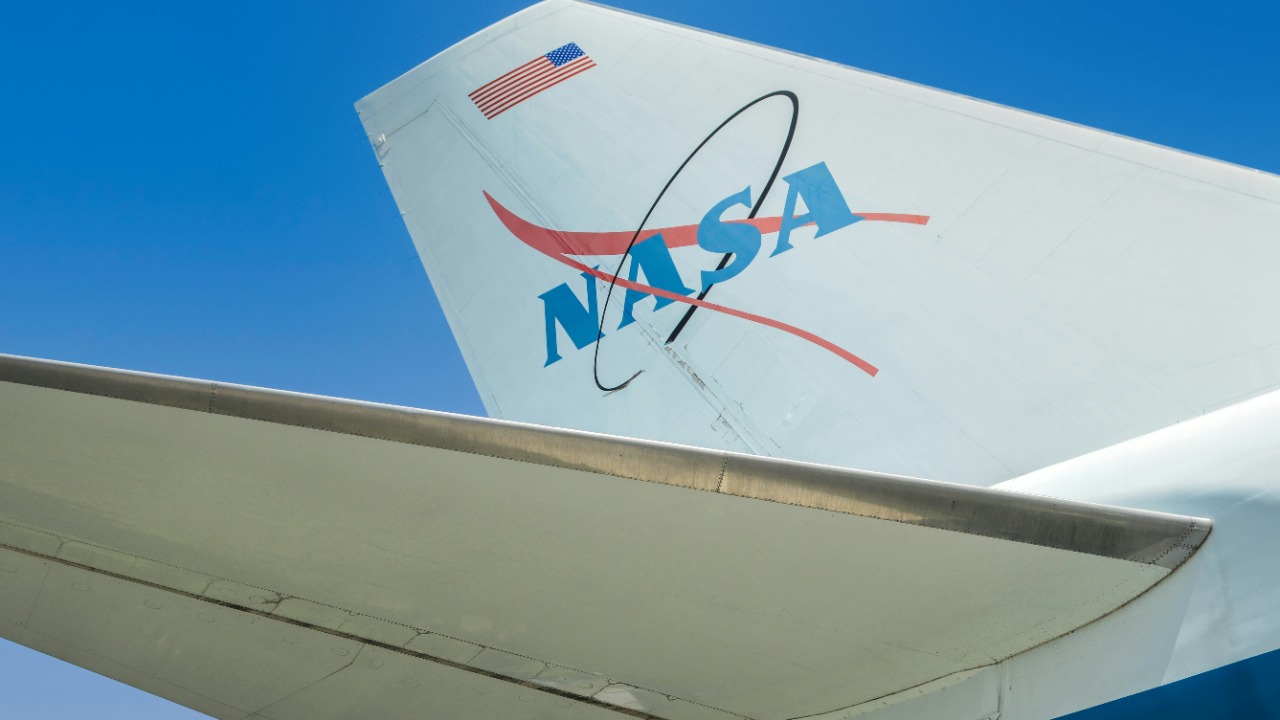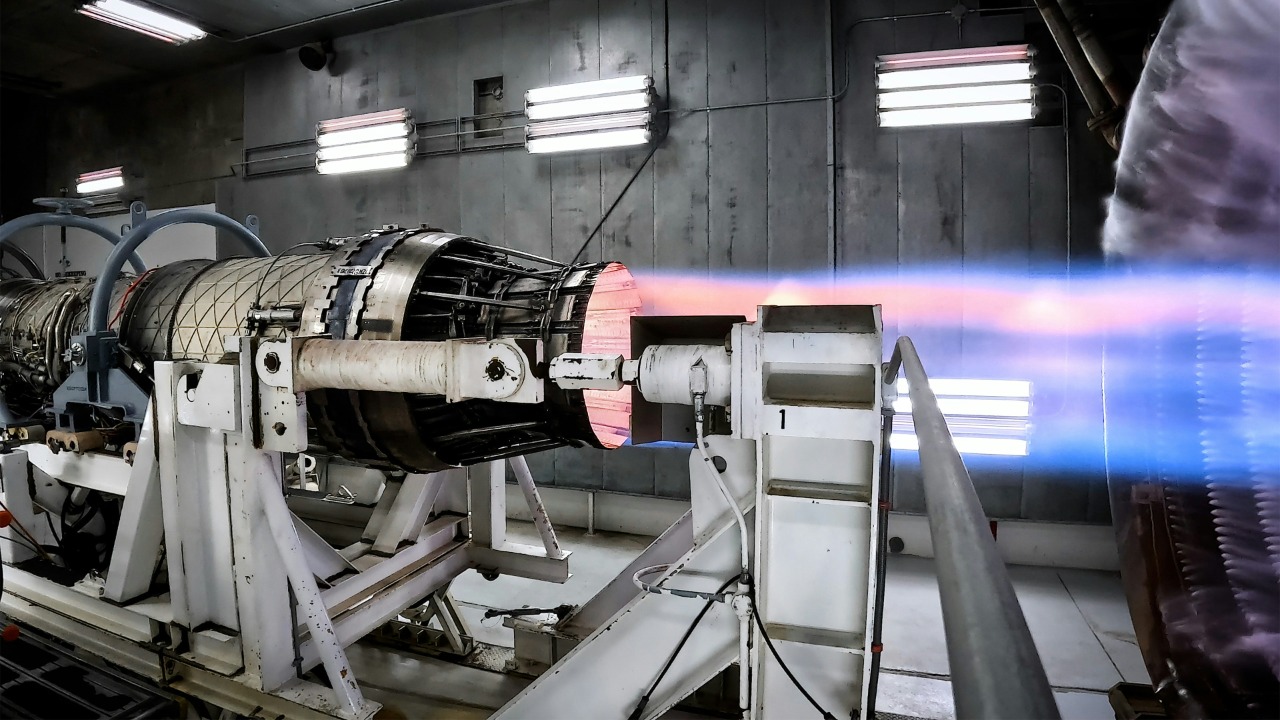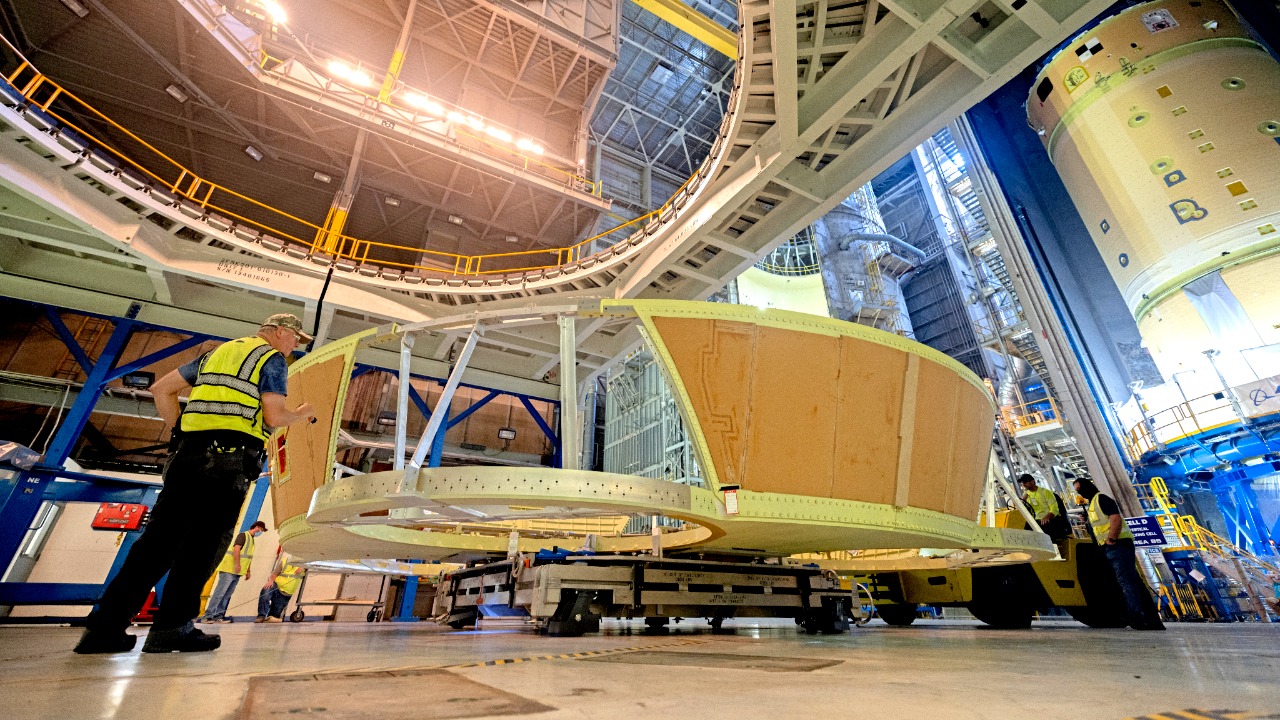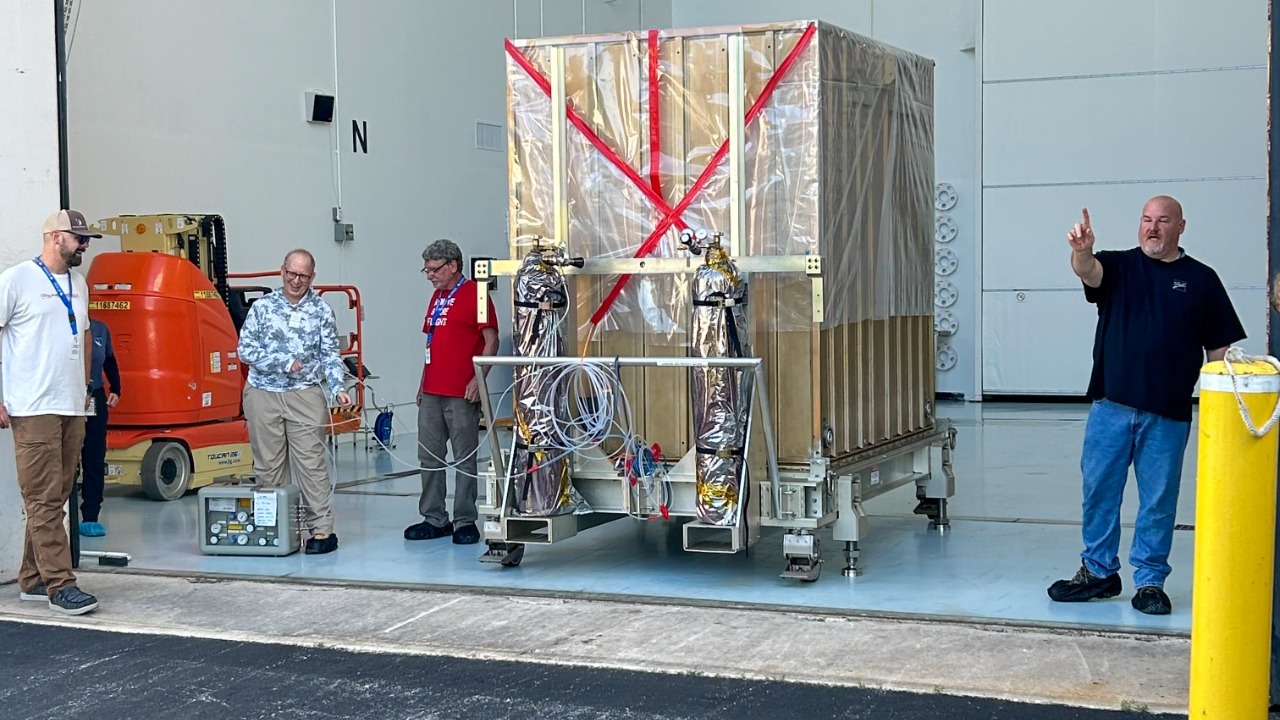
In a sweeping workforce realignment, NASA has announced the layoff of 550 employees at its Jet Propulsion Laboratory (JPL) in Pasadena, California. The renowned laboratory, which manages robotic space exploration missions, is operated by the California Institute of Technology under contract with NASA. This significant action is set to affect a substantial portion of JPL’s staff, taking effect immediately after the announcement on October 13, 2025.
Background on Jet Propulsion Laboratory

The Jet Propulsion Laboratory plays a crucial role as NASA’s lead center for robotic exploration of the solar system. It manages a variety of missions, including Mars rovers and outer planet probes, contributing significantly to our understanding of the universe [source]. Since 1958, JPL has been operated by the California Institute of Technology under a contract with NASA, boasting a workforce that historically exceeds 6,000 employees based in Pasadena [source].
Over the years, JPL has made significant contributions to key projects such as the Perseverance rover and the Europa Clipper mission. These projects have not only advanced our knowledge of space but have also positioned JPL as a leader in space exploration [source].
Details of the Layoff Announcement

NASA confirmed the layoff of exactly 550 employees at JPL on October 13, 2025. The layoffs targeted non-essential roles to reduce overhead and streamline operations [source]. This realignment is a response to federal budget pressures, with layoffs affecting engineers, scientists, and support staff across various divisions [source]. While one report referenced approximately 500 employees impacted, official figures settled at 550 [source].
Reasons Behind the Workforce Realignment

NASA’s directive for JPL to operate with a leaner structure comes amid flat or declining budgets for space science missions. This realignment prioritizes core mission capabilities while cutting administrative and redundant positions to align with fiscal year constraints [source]. The move is part of broader NASA-wide efficiencies, including similar reductions at other centers, as part of the realignment strategy [source].
Impact on JPL’s Ongoing Missions

The layoffs could potentially cause delays or reallocations for the Mars Sample Return mission due to the loss of specialized engineering talent. The workforce reductions could also strain deep-space navigation teams working on the Psyche mission to a metal asteroid [source]. Despite these challenges, JPL leadership has assured that critical path elements for Earth science projects like NISAR remain funded despite the realignment [source].
Employee and Union Responses

Many JPL employees have expressed shock over the sudden layoffs affecting 550 colleagues. There are concerns about morale in Pasadena’s tight-knit science community [source]. The Steelworkers union, which represents JPL staff, has criticized the realignment as shortsighted and is calling for congressional intervention [source]. However, severance packages have been offered to the laid-off workers, including up to 12 months of pay and career transition support [source].
Future Outlook for JPL and NASA

JPL plans to hire back select laid-off employees if budgets increase post-realignment, targeting a stabilized workforce of around 5,500 [source]. Despite the layoffs, NASA continues to emphasize innovation, with focus shifting to high-priority missions like Artemis support [source]. The long-term implications for U.S. space leadership include potential shifts in contract management at JPL, which could reshape the future of space exploration [source].